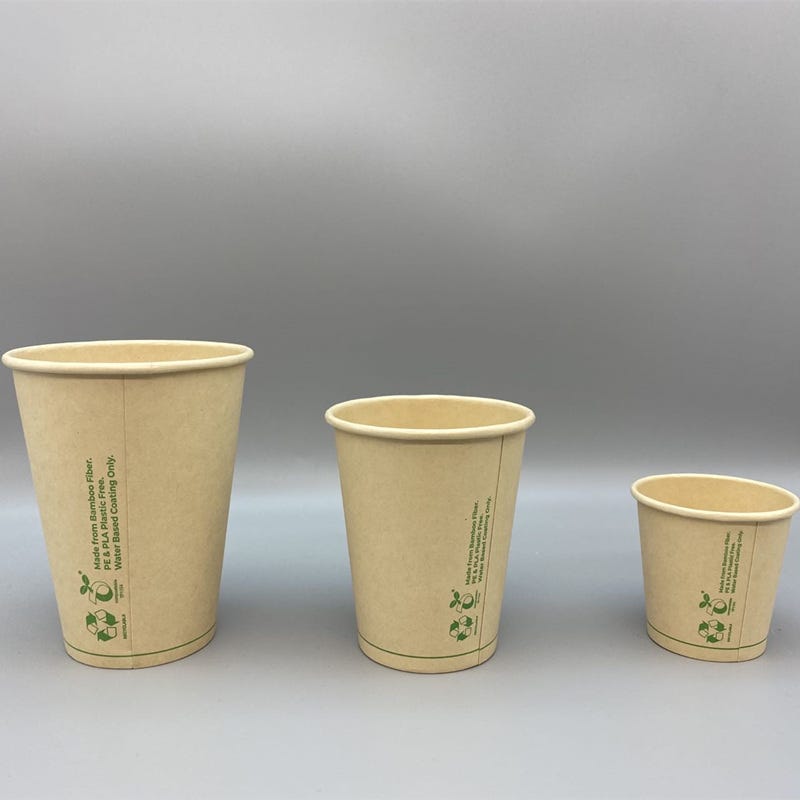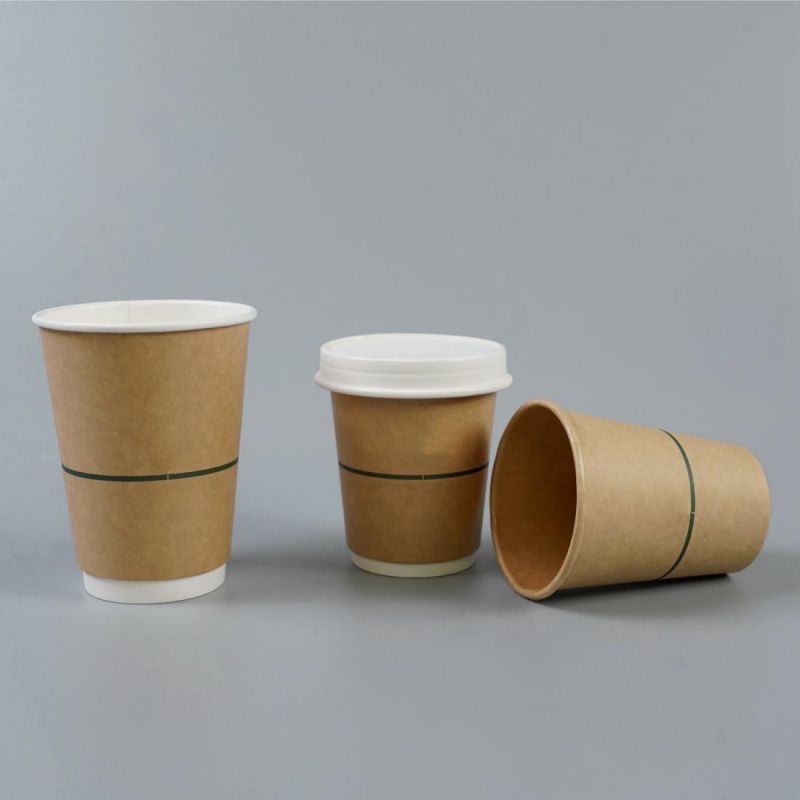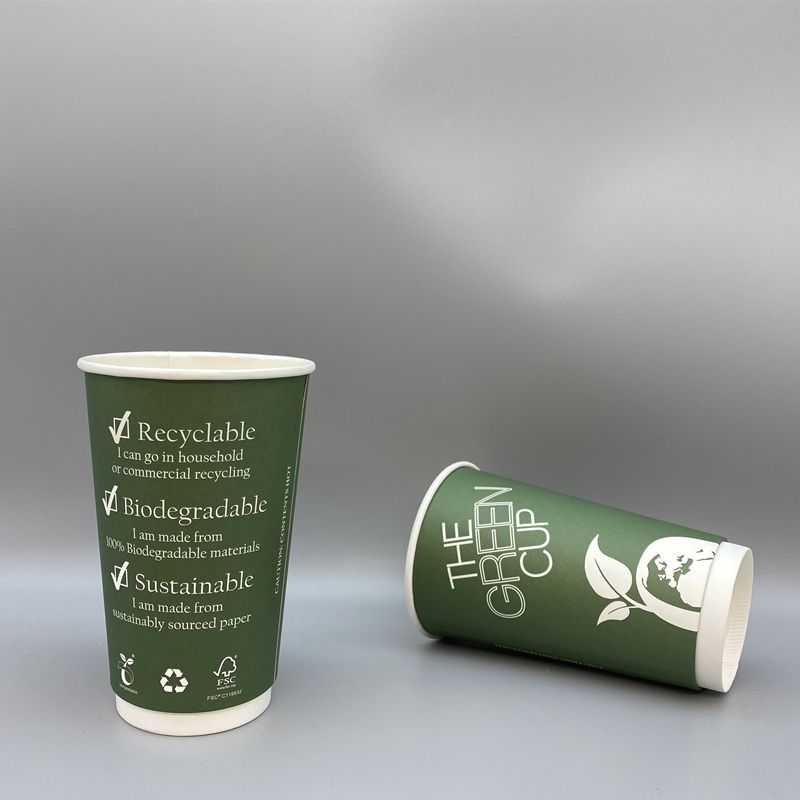What Is the Environmental Impact of PLA Coated Paper?
What is PLA Coated Paper and How is it Made?
Polylactic Acid (PLA) is a bioplastic derived from renewable resources like corn starch or sugarcane. It is commonly used as a coating for paper cups to provide water resistance and durability. In this section, we will explore the PLA coating process, its production, and compare it with other common coatings.
PLA Overview
PLA, or polylactic acid, is a biodegradable thermoplastic derived from renewable resources like corn starch or sugarcane. It belongs to the family of polymers known as polyesters. PLA is gaining popularity as a sustainable alternative to traditional petroleum-based plastics in various applications.
Materials for PLA
The production of PLA starts with the extraction of lactic acid from renewable sources like corn starch or sugarcane. Lactic acid is then polymerized to form PLA. The raw materials used to produce PLA are renewable and have a smaller carbon footprint compared to fossil-fuel-based plastics.
Production Process
The production process of PLA involves several steps. First, the raw materials are fermented to produce lactic acid. The lactic acid is then purified and undergoes polymerization to form long chains of polymers, which are then processed into PLA resin. The PLA resin can be further transformed into various forms like coatings, films, or fibers.
Coating Process
To apply PLA to paper products like cups, a coating process is used. The coating is usually applied to the inner or outer surface of the paper cup to provide water resistance and enhance durability. Techniques like extrusion coating or lamination can be used to apply the PLA coating to the paper substrate.
Comparison with Other Coatings
PLA coatings have some distinct differences from other common coatings like polyethylene (PE). While both provide water resistance, PE is derived from petroleum and is non-biodegradable. PLA, on the other hand, is derived from renewable resources and is biodegradable under specific conditions. PLA coatings also have a smaller carbon footprint compared to PE coatings.
Industrial Scale Production
PLA production has been steadily increasing as the demand for eco-friendly alternatives grows. Industrial-scale production facilities have been established to meet this demand. As more companies adopt PLA as a coating in their products, the manufacturing and scaling processes have become more efficient.
In conclusion, PLA coated paper is a sustainable alternative to traditional petroleum-based plastics. PLA is derived from renewable resources, has a lower carbon footprint, and is biodegradable under specific conditions. The production and coating processes have been scaled up to meet the increasing demand for eco-friendly solutions. However, it is important to consider the availability of proper disposal facilities and the challenges associated with recycling PLA-coated products.
Section 3: How Does PLA Coated Paper Perform in Real-World Applications?
Polylactic Acid (PLA) coated paper has gained popularity in various industries due to its eco-friendly nature and promising performance. In this section, we will explore the common uses of PLA coated paper, its barrier properties, consumer perception, safety certifications, case studies, economic considerations, and future innovations.
Common Applications
PLA coated paper finds applications in a wide range of industries. One of the most common applications is food packaging. PLA coated paper is often used to make disposable food containers and wrappers, such as take-out boxes, plates, and bowls. It provides a protective barrier against moisture and grease, keeping the food fresh and preventing leaks.
Disposable cups are another popular use of PLA coated paper. These cups can be found in coffee shops, restaurants, and events. PLA coating ensures that the cups remain rigid and leak-free, even when holding hot beverages. It offers a sustainable and eco-friendly alternative to traditional plastic-coated cups.
Barrier Properties
…
Table 1: Comparison of Sustainable Coatings
| Coating Type | Water Resistance | Biodegradability | Carbon Footprint |
|---|---|---|---|
| PLA Coatings | Yes | Yes | Lower |
| Water-Based | Yes | Yes | Lower |
| Bio-Based | Yes | Yes | Lower |
| Polyethylene (PE) | Yes | No | Higher |
Table 2: Market Adoption of Sustainable Coating Technologies
| Coating Type | Market Penetration | Commercial Viability | Consumer Preference |
|---|---|---|---|
| PLA Coatings | High | Strong | Increasing |
| Water-Based | Moderate | Growing | Increasing |
| Bio-Based | Low | Emerging | Increasing |
| Polyethylene (PE) | High | Strong | Decreasing |
Section 5: Conclusion
- PLA coated paper offers a promising solution for reducing environmental impact in disposable paper products.
- The biodegradability and use of renewable resources make PLA coatings an attractive alternative to traditional petroleum-based coatings.
- However, challenges in industrial composting facilities and recycling systems pose limitations for widespread adoption and proper disposal.
- Ongoing research and innovation in sustainable coatings will continue to drive advancements and offer more eco-friendly options in the future.
FAQs about PLA Coated Paper Environmental Impact
What is PLA coated paper and how is it made?
PLA coated paper is a biodegradable paper product coated with polylactic acid (PLA), which is derived from renewable resources like corn starch or sugarcane.
How does PLA coated paper compare to other eco-friendly coatings?
PLA coated paper compares favorably to other eco-friendly coatings due to its biodegradability, renewable resource base, and lower carbon footprint.
What are the common applications of PLA coated paper?
Common applications of PLA coated paper include disposable food containers, wrappers, plates, bowls, and cups, especially in food packaging and beverage industries.
What certifications ensure the safety of PLA coated paper?
PLAs’s safety for food contact is certified by the U.S. Food and Drug Administration (FDA) and international standards such as the European DIN EN 13432 and the American Biodegradable Products Institute (BPI).
What economic considerations are there for using PLA coated paper?
Economic considerations for using PLA-coated paper include its generally higher cost compared to traditional plastics, although increasing demand and production advancements are expected to reduce costs over time.
PLA coated paper is made from renewable sources like corn starch. It offers biodegradable and eco-friendly qualities but poses some recycling challenges. Although it has potential, like in food packaging, it still needs more acceptance and innovation. PLA coated paper is a growing solution for more sustainable products.





